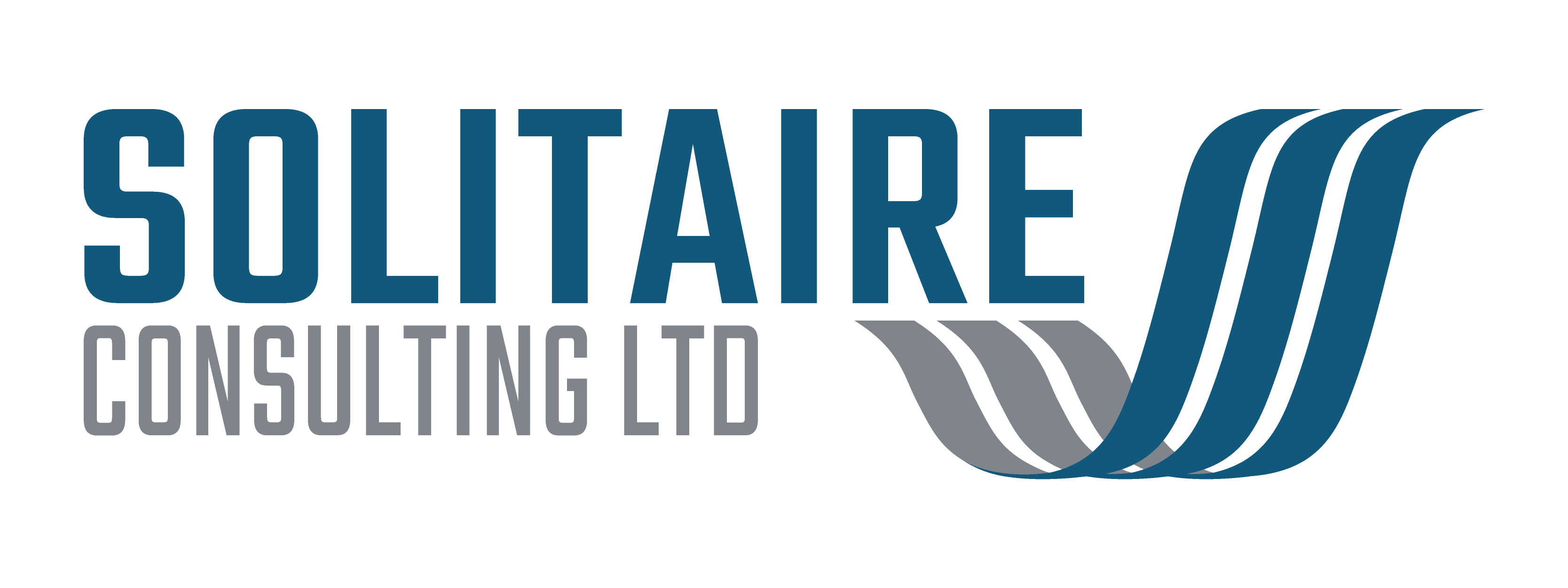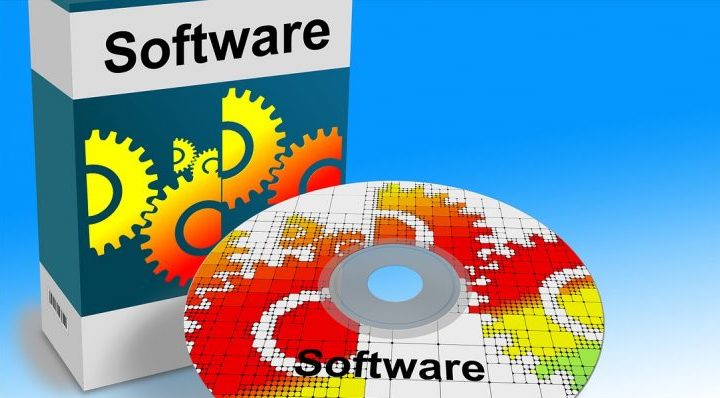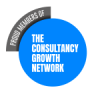Whatever size business you are, selecting the right enterprise software is a big decision that you want to get right. Your choice of core system is one that will impact your business for many years to come. No organisation makes the decision to switch platform on a whim, so what are the key factors you should be taking into account?
In this blog I will provide what I think are the key factors when purchasing core business applications. I will be referring to the critical systems that power your business, often termed ‘enterprise systems’. I am basing this blog on my experiences working with both technology companies and the businesses that use them over a period of 25 years. [See footnote for details].
However, first I want to take a step back and consider whether you need to replace your software at all.
Do you need to switch system?
When I’m engaged on a software replacement project, the first question I like to ask is, “Why to you want/need to replace your current system?”
There are usually very genuine reasons to switch, such as:
- a change in business requirements;
- missing functionality in the current system;
- the current system is no longer supported; or
- issues with the vendor.
However, in some cases I have come across the current system has been poorly implemented or is not being used effectively. In this case a remediation project is required to address the issues rather than starting again.
Even if the ultimate solution is to replace system, investing time in trying to resolve the issues and get more value from your current systems is going to buy sufficient time to conduct a robust selection process and implementation.
Long List > Short List > Preferred Vendor

I’m not going to go into the details of how to run a software procurement project in this post, but suffice to say you need to start with a long list of potential vendors/systems that could meet your requirements.
You will whittle this long list down to a short list of around 3 suppliers who you will invite to submit a proposal. This process is often known as an RFP (Request for Proposal). You will then use a variety of qualitative and quantitative methods to select a preferred vendor for further due diligence and ultimate selection.
Whatever methods you use, in my experience your selection needs to take account of the following 5 factors:
Top 5 Selection Factors

1. Functionality vs Configuration
The functionality of the software is obviously of paramount importance. The product must be able to support a key set of features. It must also be compatible with the business processes you wish the software to manage. Be aware of trying to get the software to fit your business and be open minded to change the way you work to fit the software.
Standard functionality is often referred to as ‘out of the box’ (OOTB). This is functionality that is an inherent part of the product and doesn’t need to be configured on site as part of the implementation. The more OOTB functionality there is the quicker you can be up and running.
Of equal importance is the flexibility or configurability of the software. This refers to how it can be adapted to suit changing business requirements. In a couple of years time, you don’t want to be stuck with a product that no longer meets your needs due to changes in your business or the external environment (e.g. new regulations). This is one of the main reasons I see businesses switching platform.
There is often a balance between out of the box functionality and configuration. Low cost systems from small vendors tend to be quite good OOTB, but lack flexibility. Whilst more complex systems are often highly configurable but have limited OOTB functionality. They are in effect ‘tool kits’ for you to setup to exactly meet your business needs. This may sound ideal but it does mean it will take you much longer to get value from the system and is likely to need specialist skills during implementation.
There is no ideal solution and your selection criteria must align with your own business and its strategy.
2.Stability & Support
The track record of the vendor, its relative size and ability to support you are all critical. How long has it been in business? Does it have similar clients to your business? How will will they support you as your business develops? This is important during implementation as well as for the life of the relationship.
There is a massive difference between purchasing Microsoft products and core business administration software. The former is recognised as being commodity software that you install and use. You very rarely have a relationship with the developer. Your core system is likely to be different and even if you are using a Microsoft derived product you are likely to need a relationship with a systems integrator that can get to know your business.
3. Vendor fit
The vendor fit is different to its stability and support infrastructure, but just as important. The question you want to answer is “Can I work with these guys?”
This is difficult to quantify. During the selection and due diligence process, you should be making sure you meet the people you will work with, not just the sales team, and get a feel for what it will be like to work with them. How closely does your culture match with theirs?
You will be looking for a long term relationship with your software partners. It could last 10 to 15 years so you want to make sure you can get along with them. It is no good at all if each of you is reaching for the contract at the slightest thing to go wrong.
4. Ease of Use
Again, this is difficult to measure, but it is vital that your software is easy and intuitive for your users. You don’t want to have to invest too heavily in training every time someone joins your company.
The decision makers selecting the software are not usually heavy users of it, therefore it is important to involve the end users in the selection process. Create a panel of key users from across the business to sit in on product demonstrations and provide feedback.
I know of some very successful technology projects where the selection decisions were heavily influenced by the users, who had a different perspective than the technology decision makers. Getting buy in from the users at the outset is essential for user adoption and long term success.
5. Total Cost of Ownership
The licence price, and cost of implementation, of the software will be a major factor in your selection decision. Of more importance is overall value. Generally, the cheaper the software the less value will be obtained from it. Small firms tend to focus more on cost than value, but as one moves up in terms of size and maturity of client the initial cost becomes less critical.
The licencing model is also important, so be aware of the differences between perpetual and subscription licences, and named vs concurrent users. It can make a massive difference in your annual costs if you get this wrong!
Value is as important as cost, and takes into account the potential for savings and how this impacts on the total cost of ownership. Products that can be seen and demonstrated to achieve significant value in terms of process automation and reduction in head count are important.
Need help?
Buying enterprise software is not something most businesses do very often (hopefully). It is therefore not surprising that businesses who try to undertake a major project themselves often end up with projects not meeting the objectives or being late and over budget.
During an expected 10 year life of a major piece of software, professionals like me will have implemented at least 10 major systems and many smaller ones. There is not much we haven’t seen, but every project is different and comes with its own challenges. Do seek help early when embarking on a new project. There is no shame in seeking advice from experienced professionals and this advice can be tailored to your exact needs.
Let me know if you need some advice for your next project. Initial discussions are free and carry no obligation. I want to make sure I work with the right businesses just like you do.
Footnote:
Paul Every has over 25 years experience implementing and managing business critical software. This started in the public sector with ERP systems. During the past 12 years Paul has worked with technology systems powering legal and wealth management firms. These include enterprise content management, business administration and finance systems from vendors including iManage, Inprotech, JDEdwards, Jobstream, Laserfiche, Microgen, Microsoft, OpenText, Touchstone, ViewPoint.






2 responses